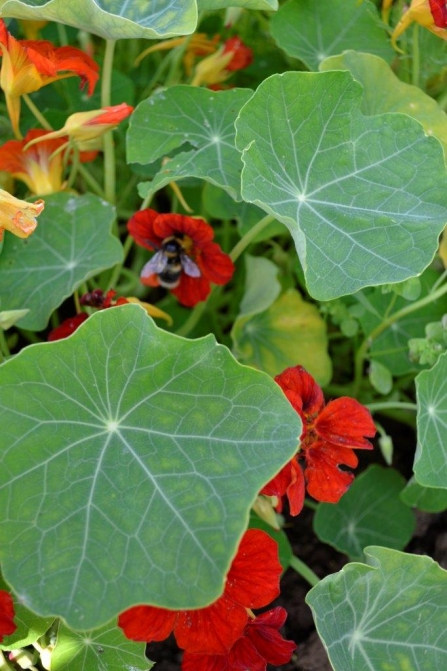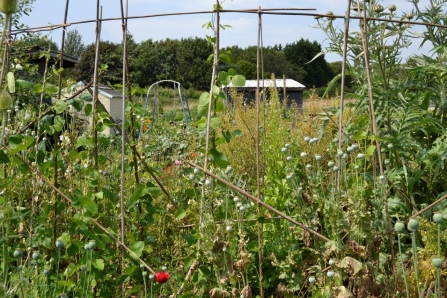August is the month when the fruits of our labours become apparent, whether it’s the crops we’ve carefully cultivated, or the weeds that haven’t been kept in check.
There are potatoes to dig, courgettes and lettuces to cut and carrots to pull, not to mention the vast array of berries waiting to be picked.
Strawberrries have given way to raspberries and blackcurrants and soon enough I’ll be seeing some juicy blackberries on the trellis attached to the shed. Any berries that aren’t eaten straight away are turned into jams and jellies or popped in the freezer for those months when there’s not so much about.
Fresh sowings
This summer I’ve already cleared one of the dustbins I use for growing carrots and have topped up its peat-free vegetable-growing compost and sown another crop, which I hope will last well into the autumn. Growing carrots in a tall container makes them less susceptible to carrot fly, which tends to stay close to the ground, and young seedlings are less prone to slug attacks. My favourite compost is made from bracken and sheep’s wool and holds moisture really well. In the past I’ve experimented with homemade compost, but found the carrots struggled to compete with emerging weed seedlings.
Other new additions to the allotment include a heritage variety of spinach called ‘Monstrueux de Viroflay’ and an Italian sprouting broccoli called ‘Spigariello’, both of which I’m looking forward to trying as I’m told they’re delicious. It’s worth looking out for less common cultivars, many of which are no longer grown commercially due to their inability to travel well or unsuitability when it comes to modern harvesting machinery.
Over on the manure heap the courgettes are romping away, sending their roots deep into the muck to extract moisture and nutrients. Picking them is a daily necessity to make sure they don’t turn into torpedoes.
Not far behind are the runner beans, which are taking a more leisurely approach to scaling their bamboo frame; the dry weather has meant they’ve been a bit slower than some years, but there are still plenty of broad beans to tide me over.


